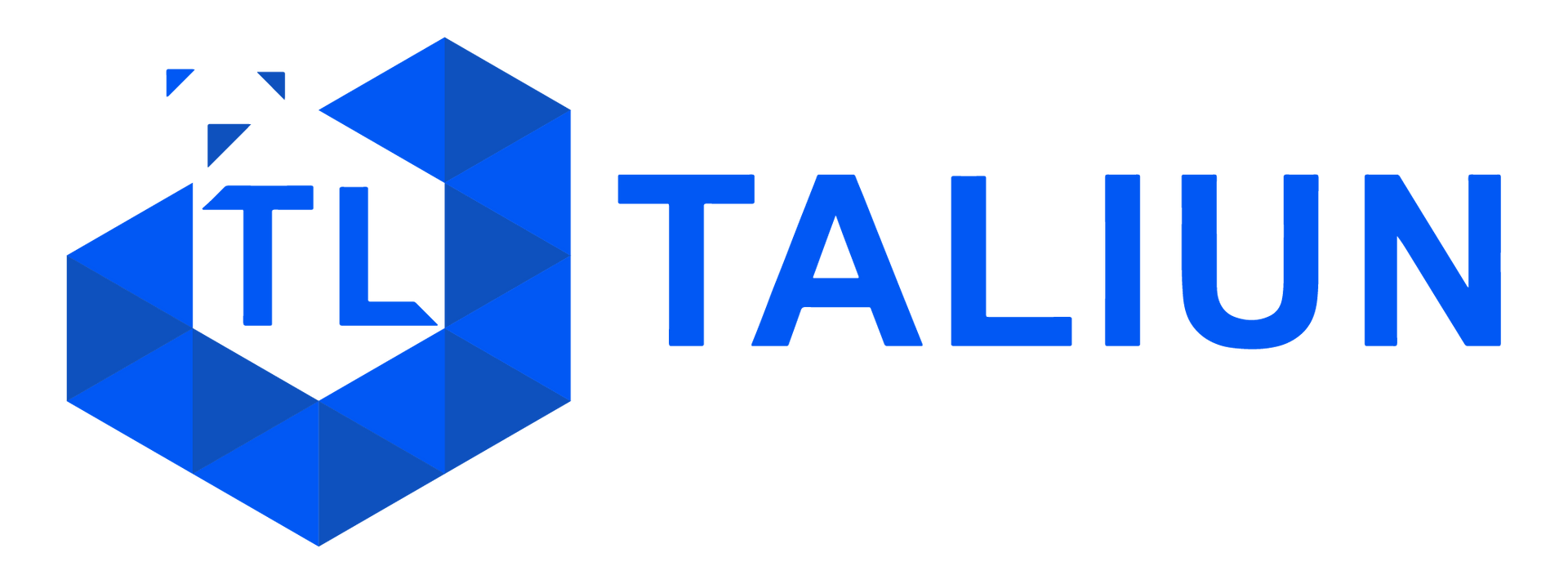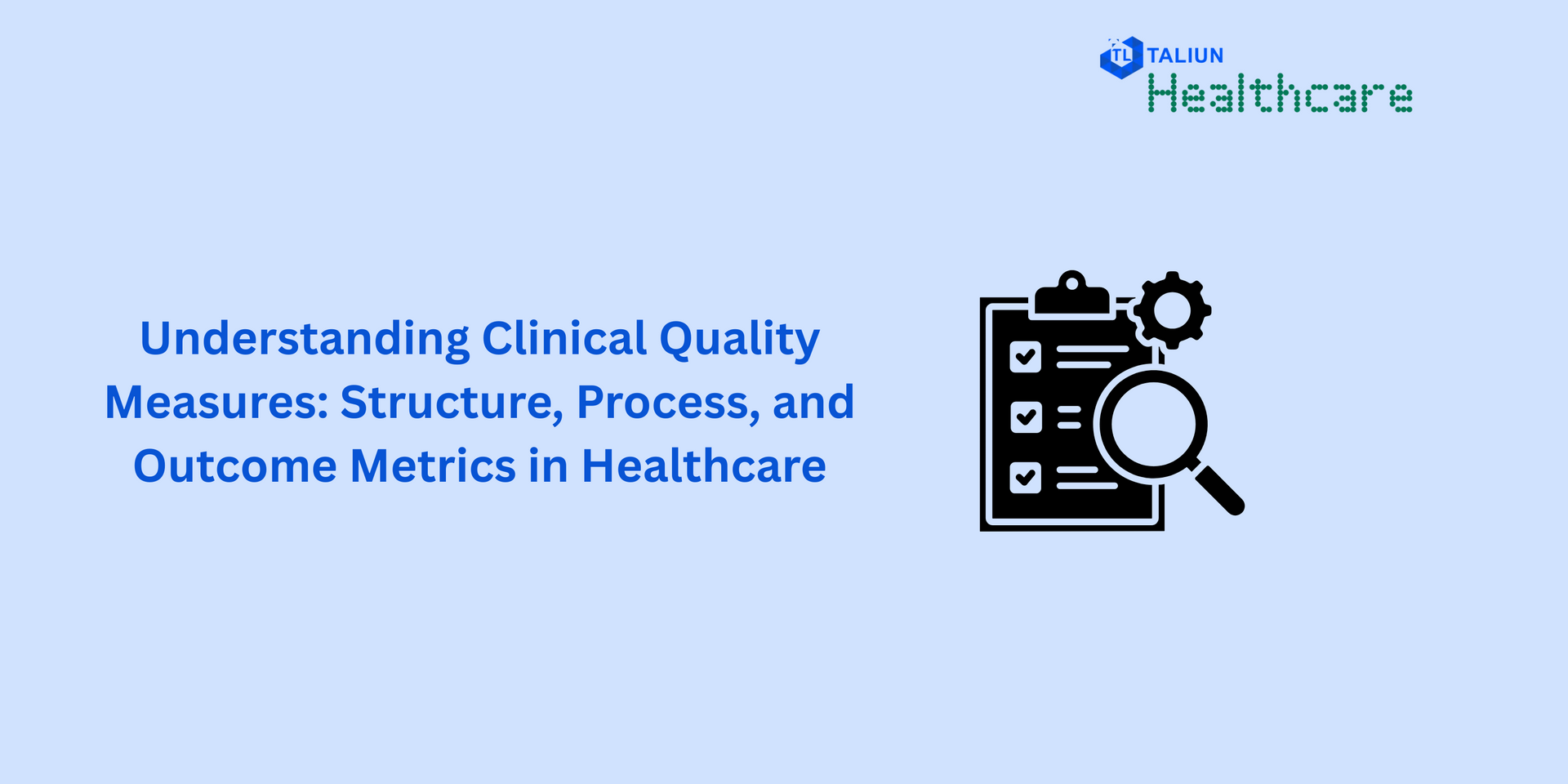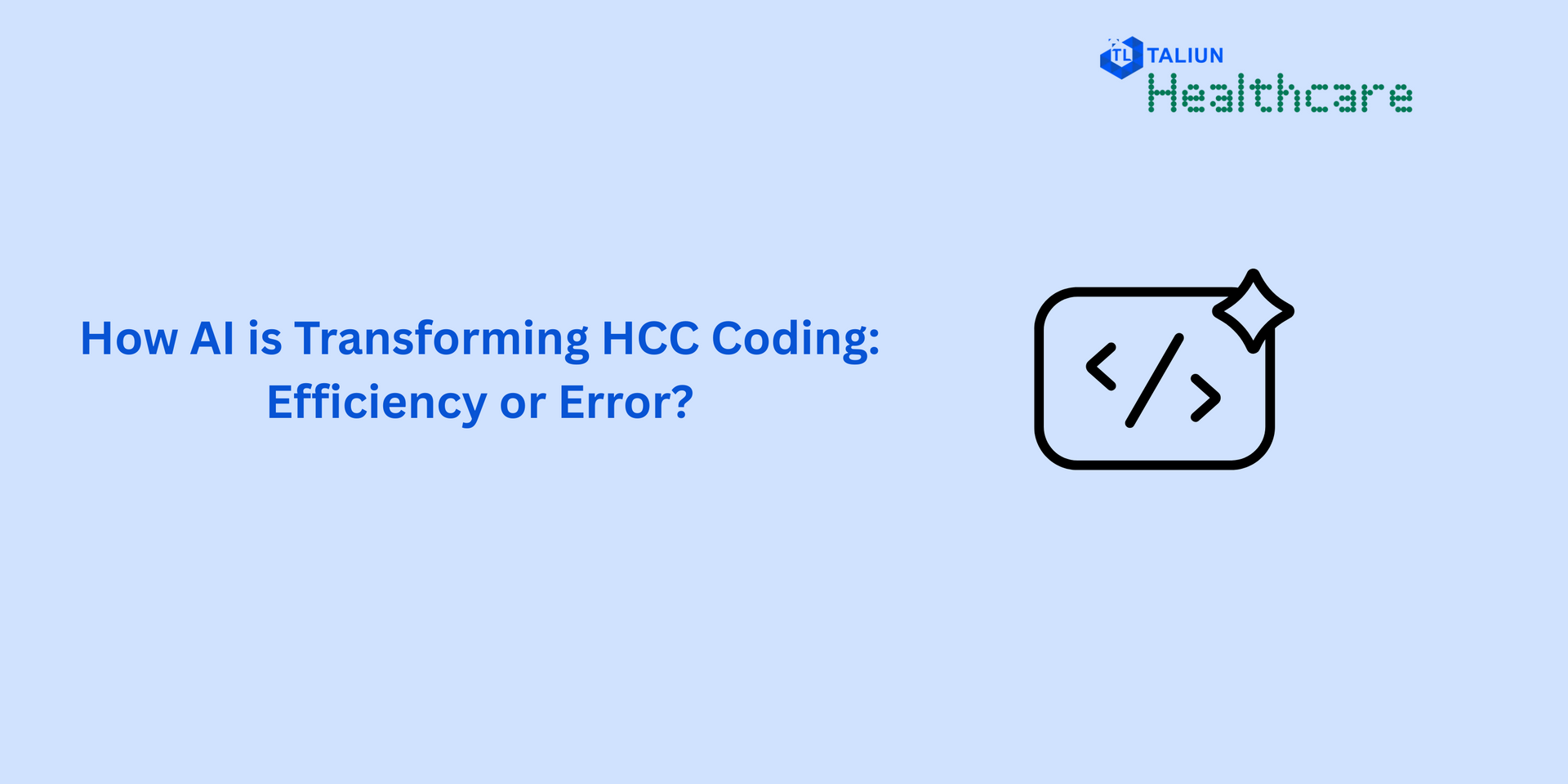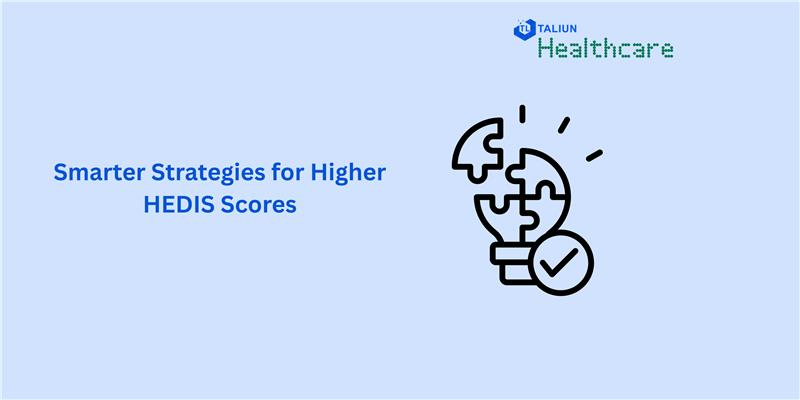FHIR vs HL7 - Evolution around Healthcare Interoperability
Introduction:
When two or more systems can exchange health information and use it after receiving it, that capability is referred to as interoperability. The full interoperability of all forms of health IT will take some time.
Examples: A web or mobile application streamlines a patient's experience across the customer journey and enables wiser choice-making as they locate, obtain, and pay for care. EMR (electronic medical records) can be viewed by patients through patient portals.
Data has a significant impact on the healthcare sector's cutting-edge approach to improving patient outcomes. Due to the nature of American healthcare, ensuring that EHR records are organized correctly for interoperability throughout the healthcare system is crucial to their effective usage.
When comparing the HL7 and FHIR standards, there is a much larger, deeper idea to take into account. Gaining an understanding of the fundamental variations can benefit your organization's efficiency and workflow. First off, let's define HL7 and FHIR.
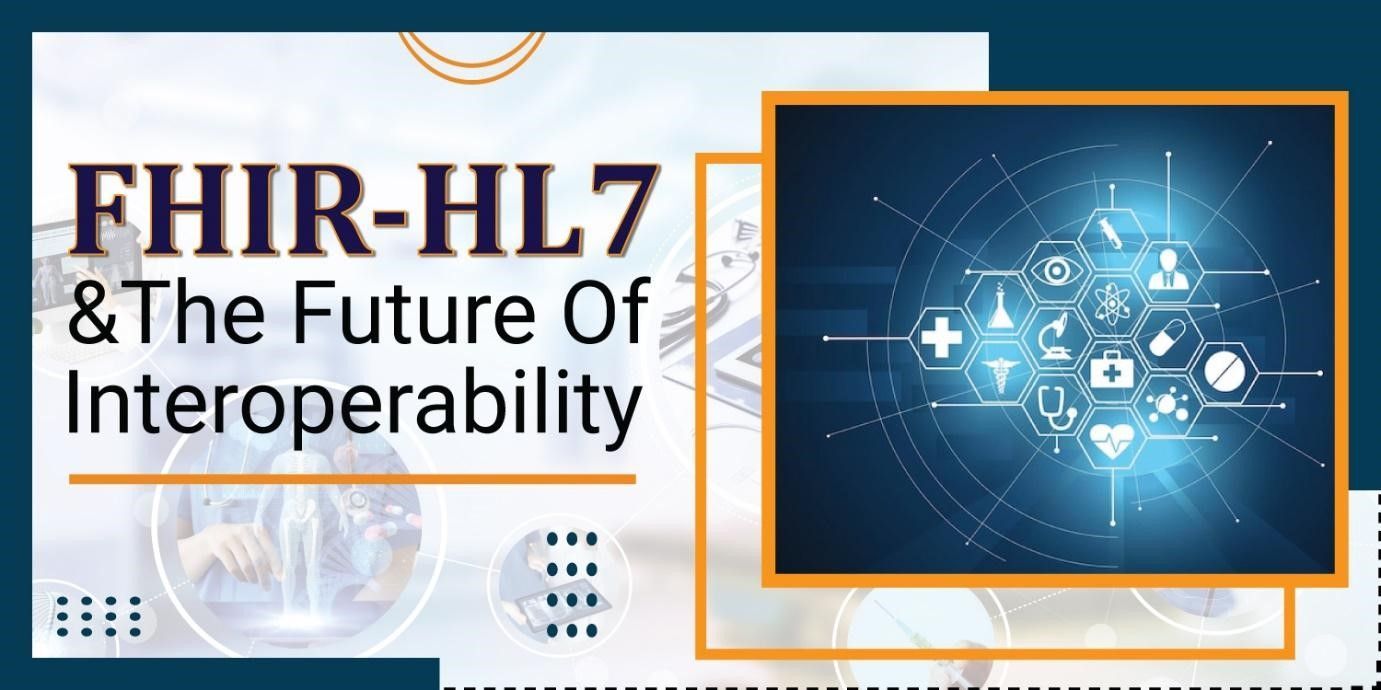
What Is HL7?
The term "HL7" (Health Level Seven) refers to a collection of global data-sharing standards that have gained popularity thanks to Health Level Seven International, a non-profit organisation specialising in healthcare interoperability. It functioned as an early encoding system to allow safe healthcare document and messaging sharing between healthcare organisations.
Our healthcare system is made up of a sizable number of roughly linked public and private providers, each with their own unique way of doing things. As a result, HL7 and other information exchange standards are essential for connecting these associations.
While the creation of HL7 has been a significant step towards the standardisation of health records, integration issues are still all too typical and implementation still differs greatly between organisations.
Fast Healthcare Interoperability Resources (FHIR): The new path towards health interoperability:
The Fast Healthcare Interoperability Resources (FHIR) standard was introduced by HL7 in 2014 as a significant replacement for the HL7 V2 and V3 standards. Here we discuss about HL7 FHIR Integration. The CommonWell Health Alliance, SMART (Substitutable Medical Applications, Reusable Technologies), and even Apple, with the incorporation of FHIR into the iPhone Health app, were among the prominent healthcare organisations that immediately accepted FHIR.
An open standard called FHIR, which was initially drafted in 2011, makes it easier than ever for legacy systems and new apps to exchange data. Each message contains a single record or piece of health-related information. FHIR was developed to make process easy than with preceding protocols, offer well understood standards, and enable developers to utilise well-liked Web tools. It was developed to encourage interoperability and efficient leadership.
Substitutable Medical Applications and Reusable Technologies, or SMART, is an open standard-based technological system that makes it possible to build a library of distributor, interoperability-supporting health apps that operate seamlessly and safely throughout the healthcare system. "SMART on FHIR" is the term used to describe SMART-compliant EHR systems that are running on top of an FHIR server. To identify and connect external apps with EHRs, FHIR makes use of the SMART framework.
Why Is FHIR More Effective Than HL7?
The HL7 V2, HL7 V3, and CDA (Clinical Document Architecture—a component of HL7 V3) standards are all built upon by FHIR. But unlike those other standards, FHIR makes use of open web technologies including RESTful web services and XML, as well as JSON and RDF data formats. Most developers should be familiar with these technologies, which lowers the learning curve in comparison to other standards.

FHIR also provides a variety of possibilities for system-to-system data exchange. It offers things like messages (like HL7 V2), files (like CDA), and a RESTful API approach.
In addition to electronic health record (EHR) systems, this RESTful approach offers the potential for enhanced interoperability among a number of systems and devices, including mobile apps, mobile devices, medical devices, and wearables.
A mandate for the use of FHIR by a variety of payers and providers subject to CMS regulation starting in mid-2021 was established by the U.S. Centers for Medicare & Medicaid Services (CMS) in 2020.
